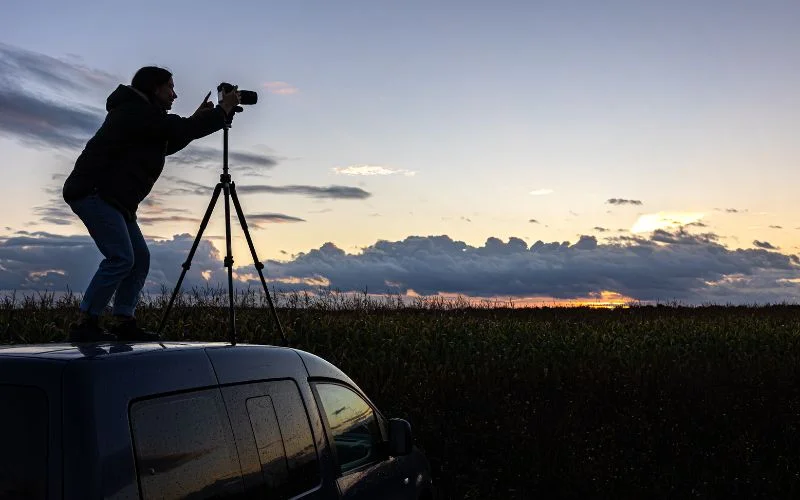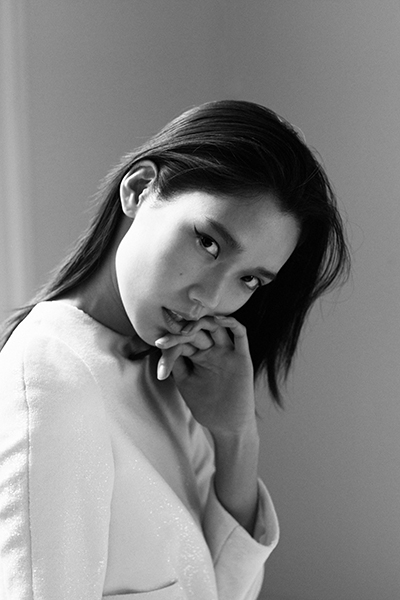
I don’t know why, but it seems that all my favorite celebrity photographers tend to also shoot amazing landscape photography. Jacqueline Di Milia is no exception. Her portraits and landscapes are precise and charming, equally. They point exactly where they need to — reveal only what they have to. Whether it’s a gorgeous, spot-on, portrait of Greta Gerwig, or excellent in-camera collage of expansive mountain ranges, Di Milia’s eye knows what works and stays away from what doesn’t.
But, as with many professional photographers, the path to getting there was filled with many odd jobs and assistantships. Her first opportunities after college came from shooting clubs and club owners. It took some time till she found her first client and celebrity portrait. But, after finding it, she knew she had found something that she never wanted to lose. And let’s hope she doesn’t because who else is going to shoot artists like St. Vincent, Haim, and Dirty Beaches with that same incisive eye?
In this interview, Di Milia talks about her start in photography, explains her approach to her ethereal landscapes, and gives great advice that any aspiring portrait photographer should read.
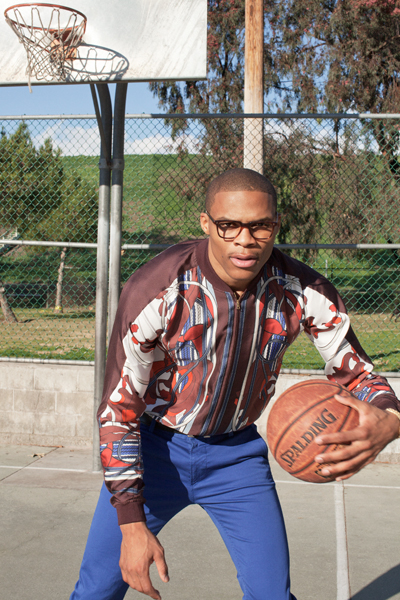
You’re a Los Angeles/New York based celebrity photographer, but you also shoot amazing landscapes. How did you get your start in both genres of photography? How would you describe your photographic style?
Thank you. I studied photography in college, and then went on to assist a handful of photographers. Both of those things kept me pretty active in the photo industry. It was helpful in honing in technical skills, and to see how each person ran the show in their own way. A few of the photographers I worked with were pretty good about introducing me to editors and art directors, which was really helpful. More than anything, this goes for both genres, its been about keeping creatively active with peers. A lot of things get going by word of mouth, or by collaborating on projects. The landscape/fine art thing wasn’t anything that necessarily had or needed a start. They were just some things I wanted to make for myself.
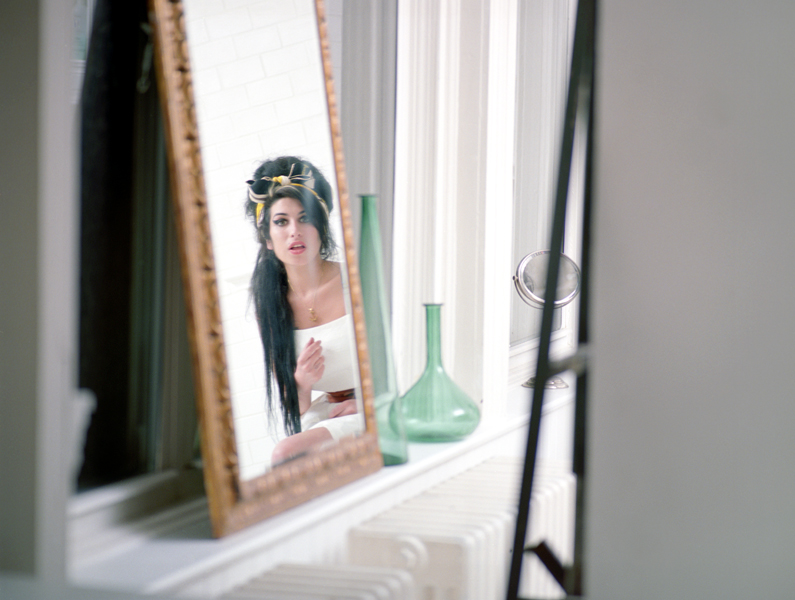
How did you secure your first celebrity portrait? Who was your first client?
Peter Buchanan-Smith, an incredible designer and art director, gave me my first gig shooting an editorial for Isaac Mizrahi’s, who had a magazine at the time. Peter was working on a redesign of Paper magazine, so he suggested that I shoot something with them as well. The first assignment was shooting a New York City club owner, the next assignment received was photographing a man in a club, and then I was asked if I wanted to do yet another club shoot, which wasn’t really my thing, but I was willing to do what I needed to get more shoots. A few club shoots later, I was asked to photograph Amy Winehouse. We were all really happy with the way those pictures came out, and from that point forward the assignments got better. A week later, I was assigned musician Conor Oberst and a few days later fashion designer Daryl K. Those were the first stories I felt connected to and wanted to continue getting similar jobs.
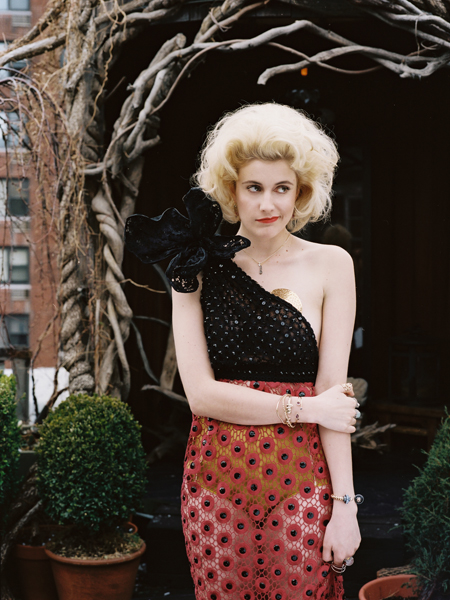
Being a celebrity photographer seems exciting but also stressing. Unlike a portrait photographer, who usually photographs models or clients willing to be shot, celebrity photographers may have to shoot people who might not enjoy being photographed. If this happens, how do you work to ease the tension between your camera and your subject?
My favorite camera to shoot with is a Mamiya 645 ProTL, for the reason that you can strip it down to a very small and quiet camera. I like my shoots to be as low profile as possible, especially when working with higher caliber artists. At times, I think that large productions can be distracting. I think it’s important to make sure whomever you are shooting feels comfortable. I’ve had times where I thought maybe I would shoot the person this way, but as soon as they were ready I would feel their vibes and ditch the original plans. In the end, if you can accomplish that, they’ll hopefully want to give more of themselves to you.
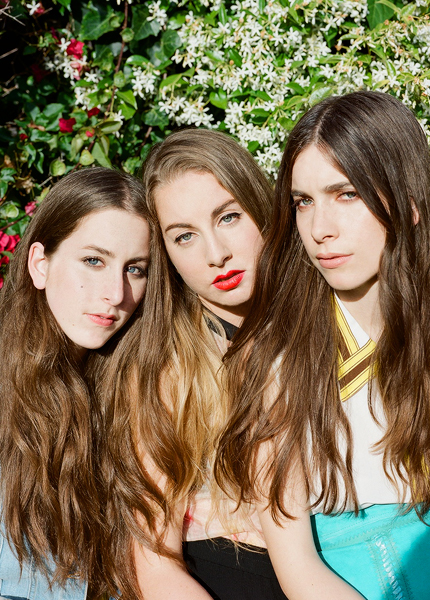
How much creative freedom do you have when taking a portrait of a celebrity for a high-profile client?
It’s rare that I have any specific direction at all. Sometimes, clients may suggest something ‘clean’ versus a more raw documentary look, but that’s really it.
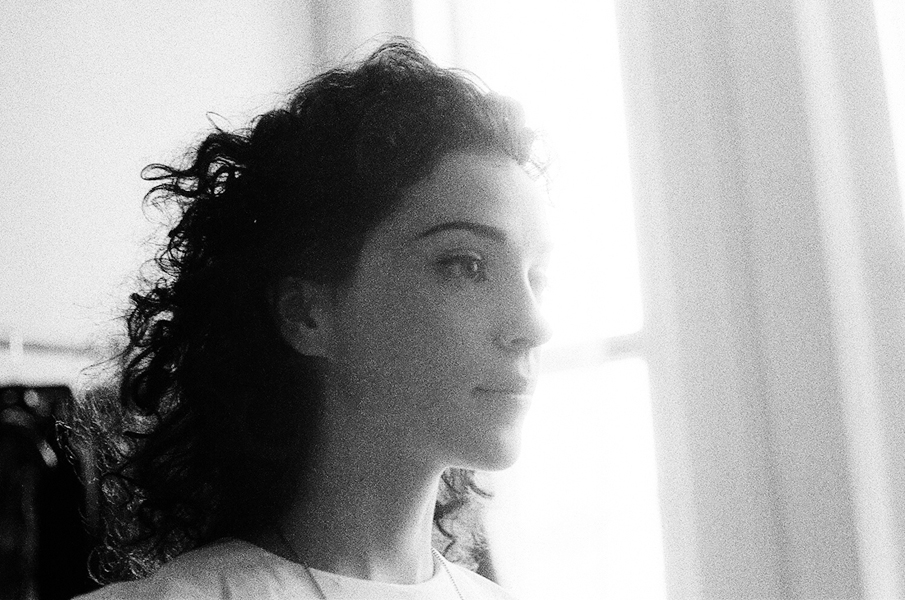
What would be the most important advice you would give to other aspiring celebrity photographers about trying to get their portfolio noticed?
I didn’t seek out to become a celebrity photographer as much as I wanted to shoot people who were cool and doing interesting things. At first, a lot of my assignments were to shoot people who were just emerging in their field, and didn’t have a big name for themselves. My advice: research the assignment, and if you think that person is inspiring and talented — shoot them. Sometimes those people end up doing some pretty incredible things in their careers. If they don’t end up making it really big, it’s still cool to have spent the day working with someone you respect.
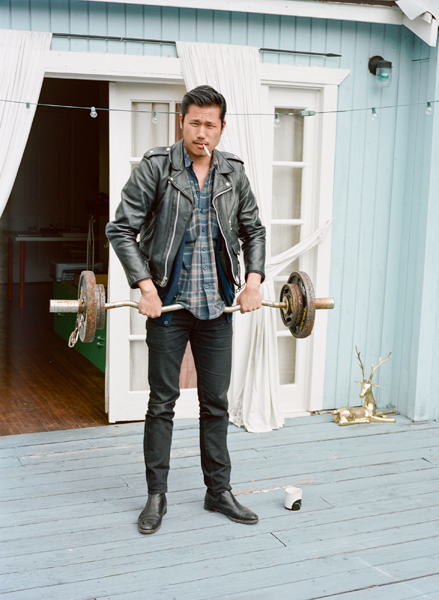
Do you believe in portrait clichés? If so, how might a photographer avoid them?
Sure. Just keep it real and be conscious of where your image is coming from. I mean, I’m sure everyone is guilty of it at times.
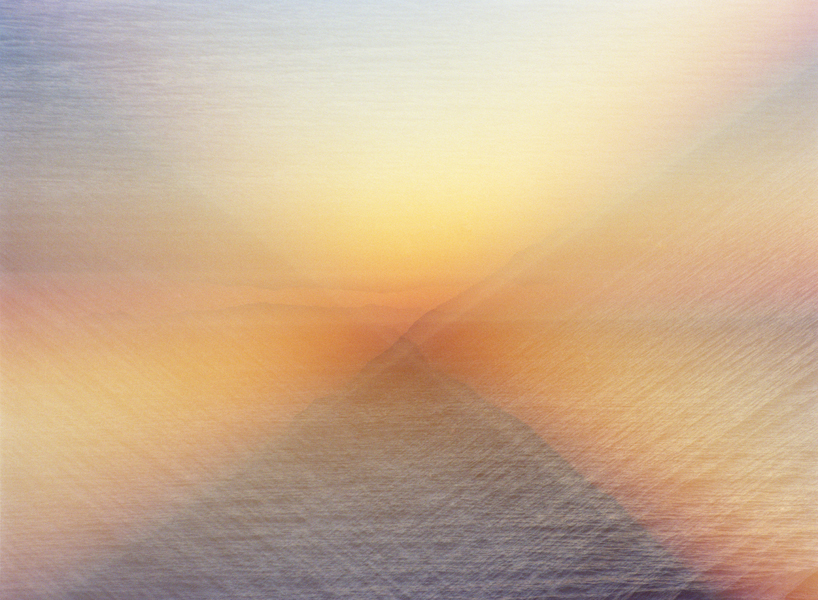
Your celebrity portraits are amazing, but I was personally drawn to your Moon Gardens project. Could you explain your aims with this project?
I started making the Moon Gardens around 2010. I was into the way that artists in other mediums were able to create things that weren’t necessarily in front of them. In traditional photography, you are always working with something that is present in front of the camera. The decision to work with film was appealing because it was a way for me to explore the unreal while using the real in a different matter than if I had just digitally manipulated some photographs and collaged them together.
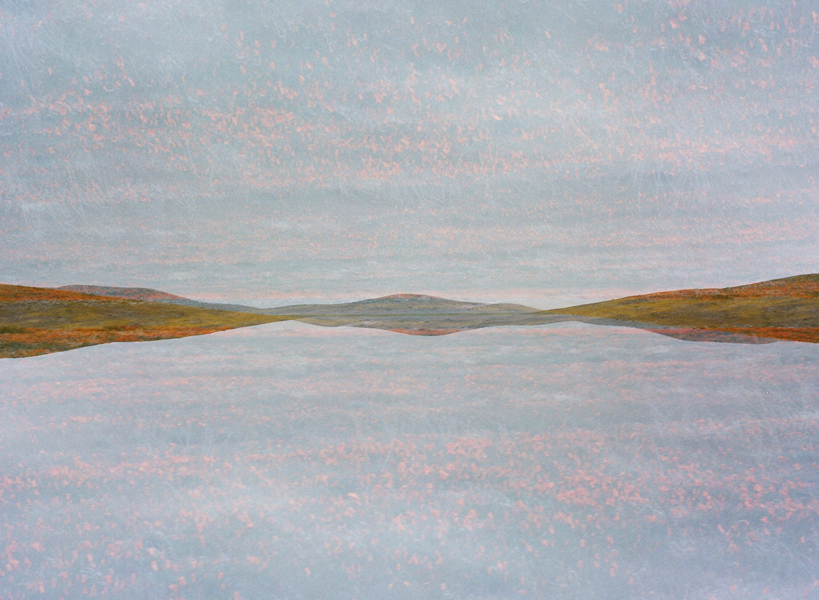
At the beginning of the project, I was spending a great deal of time in the Catskills, and traveling to the West Coast to see places like Big Sur, Yosemite, and the desert. Coincidentally, I was reading a lot about science, geology, biology, and where modern ideas and developments crossed over with metaphysics. Everything I was learning about seemed so surreal and powerful. I felt inspired to depict the sometimes mysterious and sometimes ethereal characteristics of what I was seeing while visiting these places.
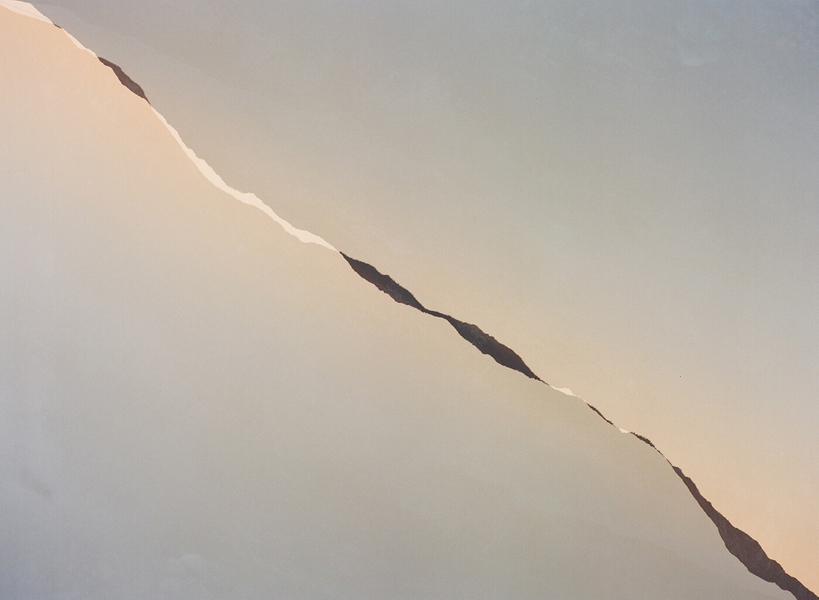
Each image is made in camera on film. Could you explain how these images are created from start to finish?
Each image is made by exposing the film multiple times. The amount of exposures vary — some have as few as two, others as many as 8. Depending on how light or dark one scene is, I’ll meter the landscape then reduce the exposure dependent on how many scenes I’m combining — or at least guess how many I may want to. It’s a little bit of math, and a little bit of intuition. Some of the landscapes in the same frame are from different places — they often aren’t preplanned. Initially, I’ll have to decide whether I am going to do 4-5 or just 2-3 on a frame when I make that shot. Often, I look at the first landscape being photographed, and think of something I would like to see to compliment it. I’ll remember how I framed it according to the split circle and keep that in mind when composing the rest of the landscapes on top of it. The results can be abstract or just slightly surreal. In the end, I’ll have one image that looks like one dense mountain range, but surprisingly it can be made up of 4-6 mountains in different ecological zones.
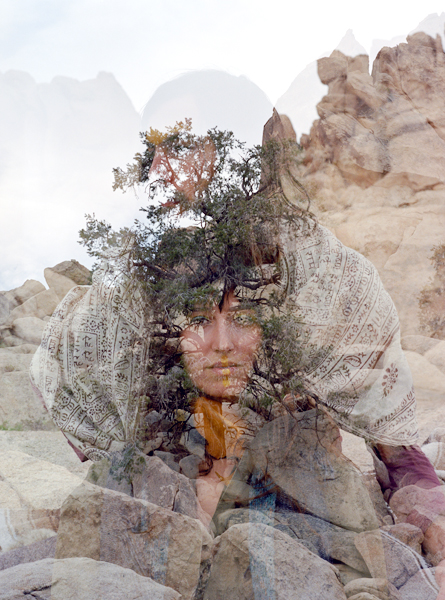
Do any techniques learned from shooting landscapes enter your portraiture? How about vice-versa? Which genre do you prefer?
I always hope to put equal care and consideration into both while shooting. Sometimes I use a similar exposure technique with shooting a portrait, band, or fashion story. When Moon Gardens began, I was shooting an editorial fashion story with a band who had a psychedelic vibe. We were out in the desert, and it worked well to incorporate the two. And again, when photographing musician, Zola Jesus, I felt that her electronic music was rather moody and mysterious, so it was an appropriate time to do so.
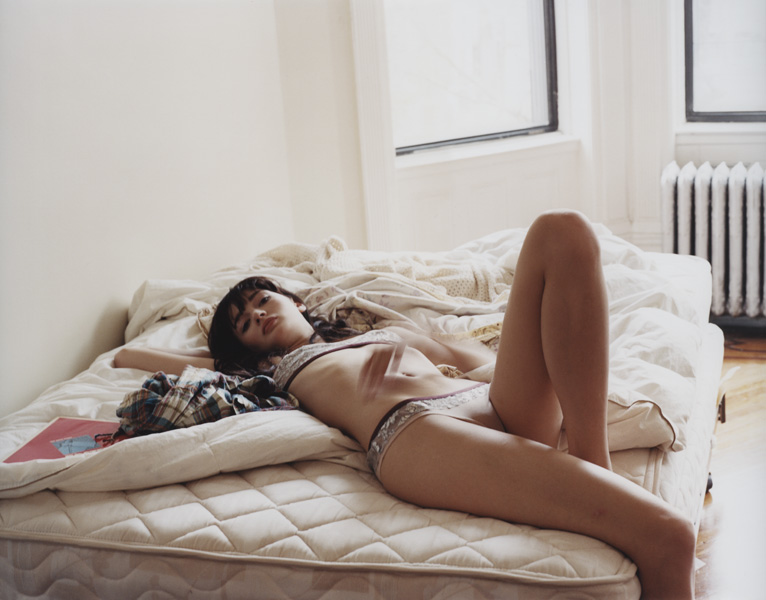
Being partly based in Los Angeles and partly based in New York offers you a unique perspective to compare the cities. What advantages does Los Angeles offer photographers (celebrity or otherwise) that New York City doesn’t?
Los Angeles is a beautiful city. The geography can drastically change within a mile, making it very easy to shoot in an area that looks rustic one day, and the desert the next, or even on a rocky cliff over the ocean after that. The city is flooded with a very specific light with a dreamy quality. Some people joke that it’s the smog — I don’t doubt it. The endless amount of available locations, and the necessity of having a car make production for a small shoot highly accessible. I shoot celebrities in both cities, so I wouldn’t say that it’s necessary to be in LA for that reason. I do think there are more musicians living in LA though. It’s an easier lifestyle for young artists, and a really good network. Aesthetically, New York has a grittiness that can be romantic, mysterious, or curious. Finding light in NY can be difficult at times, but when you do capture it, it can be really surprising. Going between the two cities can really open up opportunities, but the constant travel isn’t for everyone (I’m on a plane right now). I think it’s best to just go to where you feel the most inspired, and surround yourself with interesting people.

Be sure to check out all of Jacqueline’s work on her website!







